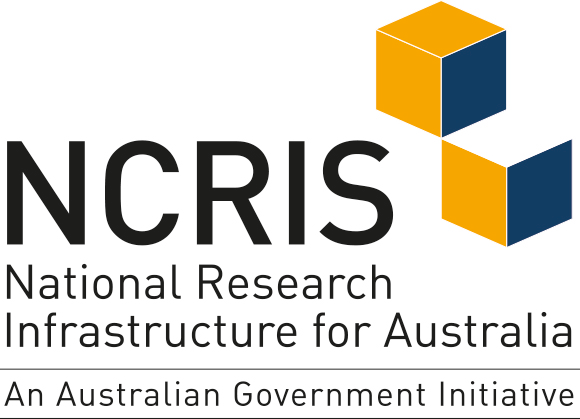Agricultural research data should be findable, accessible, interoperable and reusable (FAIR).
FAIR data - what is it?
FAIR data are datasets or collections of datasets that are findable, accessible, interoperable and reusable in accordance with the FAIR principles.
Read more about FAIR data:
Making a dataset FAIR
Applying the FAIR principles allows for the best reuse of your research data. This will make your research more transparent, reproducible, and citable. It will also help you meet publisher and funder requirements and open up opportunities for collaboration.
So how can you make your data FAIR?
Use standard file formats and vocabularies.
Describe your data with rich discipline-specific metadata. These will increase your data’s interoperability.
AgReFed has a defined set of minimum metadata requirements.
Choose a data usage licence, agree on this with your project partners, and document your licence choice.
This supports the future reuse of your data.
Creative Commons (CC) licences are preferred, however other licences may be used. A link to the licence deed should be included in the metadata.
Make your data accessible – as open as possible, as closed as necessary. A repository can help with this. If it can’t be made open, describe clearly how others can obtain access.
Ideally, your dataset should be available for download from a public repository. When data is uploaded to a repository, some metadata needs to be added so it can be identified.
AgReFed requires the use of a trusted repository to meet its minimum FAIR standards. If a public repository has CoreTrustSeal accreditation, it qualifies. However, AgReFed's minimum requirements are a subset of the CoreTrustSeal requirements. A tool for testing repositories is under development.
This step is not necessary if your datasets is available via a public API or through web services (e.g.: OGC compliant geospatial services), or if the data are only available under specific circumstances (e.g.: embargo, special permission required, sensitive nature). To make such data findable, you need to create a metadata record in a public catalogue.
Make data findable with a persistent identifier and contextual descriptions (metadata).
A repository will help with this and will enable online discoverability.
What is metadata?
While generally ‘meta-data’ is summarised as ‘data about data’, the following provides examples of what this actually means:
- Metadata is information about an object or resource that describes characteristics of that object, such as content, quality, format, location and access rights.
- Metadata can be used to describe physical objects (e.g. pot shards and specimens) as well as digital objects (e.g. documents, images, data sets and software)
- Metadata can take many different forms, from free text (e.g. a read-me file) to standardised, structured, machine-readable, extensible content.
- Metadata is analogous to any other form of data, in terms of how it is created, managed, linked and stored.
- Metadata is associated with the data it describes. It can be embedded within the data file, or recorded a separate text/spreadsheet file that is linked to the collection of data files it describes, or contained in a catalogue record that points to the research data collection.
- Metadata enables and enhances the discovery and reuse of data.
For more information about metadata records, please refer to ARDC's Metadata Guide.
To determine how FAIR your data is and find out your next steps, use the AgReFed FAIR Assessment tool.
The above was based on: Australian Research Data Commons. (2022). How to make your data FAIR: a flowchart (Version 1). Zenodo. https://doi.org/10.5281/zenodo.7426145.

